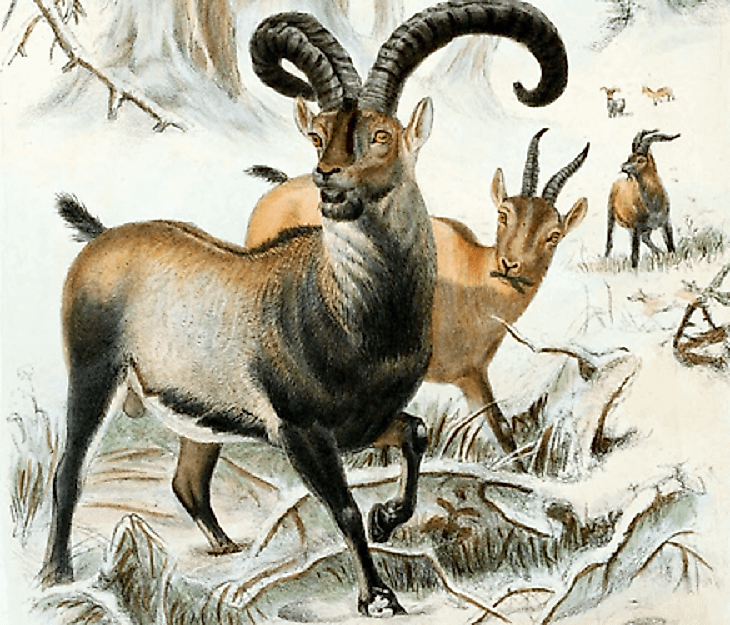What Is "De-Extinction", And How Is It Carried Out?

The Science of de-Extinction
We have conquered space, landed on the moon, ushered in the Green Revolution, eradicated many powerful infectious diseases, and developed brand new treatment options like stem cell therapy, as well as decoded entire human genomes. However, despite our rapid advances in all major fields of natural science, our planet is prospectively approaching its sixth mass extinction event, as thousands of floral and faunal species are on the verge of disappearing forever. In this perilous situation, the concept of "de-extinction" appears to introduce a new ray of hope. De-extinction refers to any process by which an extinct organism is revived or brought back to life, or a species that closely resembles an extinct species is recreated.
Methods of de-Extinction
De-extinction is a very new science, and presently has very little experimental success to be regarded as an established scientific method. However, there is enough theoretical knowledge that makes de-extinction sound quite possible. Two primary methods have been proposed to resurrect extinct animals. Namely, these are cloning and selective breeding. The former demands the possession of the DNA of the extinct species in order to be carried out. DNA is an extremely stable structure, and can be extracted from any physical remains of an extinct creature, including teeth, bones, and hair. The DNA is injected into a denucleated egg cell of a modern species, which is in turn introduced into the womb of a surrogate mother where the egg develops into an offspring which is genetically identical to the extinct species. The second process, that of selective breeding, is a method that involves a reversal of the evolutionary process. Herein, the DNA of an extinct species is extensively sequenced, and modern descendants of the species possessing DNA with the greatest percentage of matches with the extinct ancestor’s DNA are selectively allowed to breed. When two animals with DNA sequences closely resembling the extinct animal’s DNA are mated with one another, the resulting offspring are genetically more similar to the extinct species than to the modern ones. With every passing generation of selective breeding, the closeness increases and a species similar, if not exactly identical to, the extinct animal is created.
Current Experiments and Future Possibilities
Presently, a lot of effort is being put into making de-extinction work. Things are always easier said than done, however, and though theoretically the process sounds completely plausible, in practical scenarios there are massive impediments to be overcome. As of 2013, a team of Russian and Korean scientists had set out to perform the mammoth task of reviving the woolly mammoth. Using DNA extracted from a frozen mammoth carcass, they hope to introduce it for cloning the creature, with the modern Asian elephant serving as the surrogate mother in such an endeavor. 2013 also witnessed some success in the field of de-extinction when scientists from Australia managed to clone an extinct frog, Rheobatrachus silus, even though the embryos produced by cloning died after a certain stage of development. Another major initial achievement was realized when scientists managed to clone the extinct Pyrenean ibex. This animal, closely related to extant wild mountain goats, had become extinct in 2000, but the skin samples of the last surviving animals of this species were preserved in liquid nitrogen. DNA from these samples was then utilized for the cloning process, using domestic goats as the surrogate mothers. A kid genetically identical to the lost species was born, but quickly succumbed to death shortly after its birth due to a heart defect. It became the first time in history where a species became de-extinct and then extinct twice.
Should We or Should We Not
Even though some scattered, successful (yet incomplete) results have been obtained by scientists in the field of de-extinction, there is much that needs to be explored and done before things more significant are achieved. There is a possibility that species like the passenger pigeons, dodos, woolly mammoths, quaggas and aurochs, and any other extinct species with well preserved DNA samples available, might be once again seen roaming freely upon our future planet. However, opposition to de-extinction is extremely strong. Many scientists, conservationists, and the common men and women on the street condemn the practice of de-extinction. Some feel that doing so is in some way immoral, such as those who see it as "playing God", Others believe that attempts to revive ancient extinct species is a complete waste of time, resources, and funds, and that these would be more meaningfully spent in conserving the current living species on Earth. A section of scientists also believe that, even if de-extinction is successful, the newborns, though genetically identical to the extinct creatures, will be nurtured by their modern parents, making them dissimilar in behavior to their predecessors. Furthermore, the introduction of extinct species into an already destabilized biosphere of modern-day ecosystems might threaten the survival of the fragile modern species and recreated "newcomers" alike. Since de-extinction is all based upon a long-term trial and error method, no one can predict the outcome and long term implications of the result. Also, if man was to actually achieve success in de-extinction, it needs to be done fast since, under the present man-made climatic changes and adversities facing the world, it is quite possible that man himself might become extinct before bringing a number of extinct species back to life.











